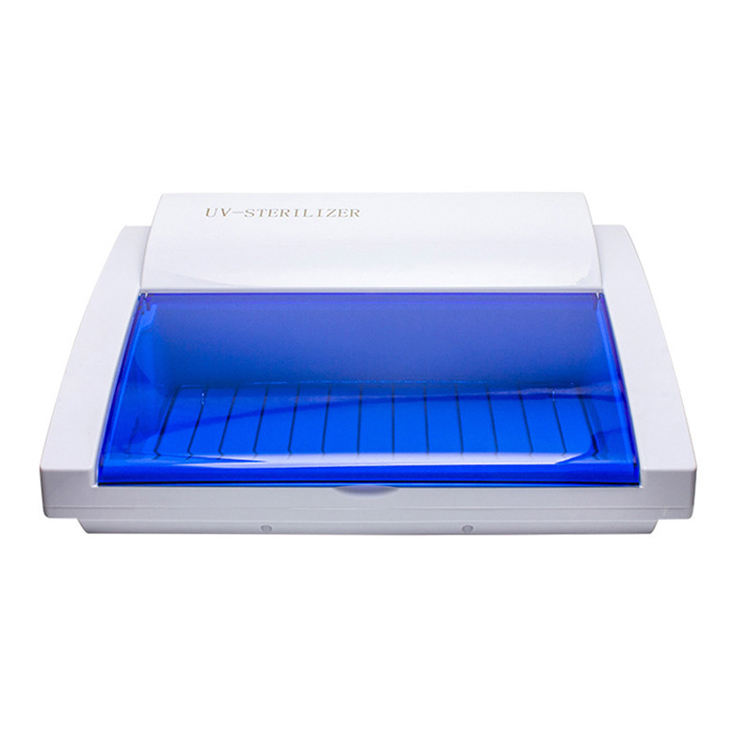 English
English-
 English
English -
 שפה עברית
שפה עברית -
 繁体中文
繁体中文 -
 Latviešu
Latviešu -
 беларускі
беларускі -
 Hrvatski
Hrvatski -
 lugha ya Kiswahili
lugha ya Kiswahili -
 አማርኛ
አማርኛ -
 ქართული
ქართული -
 Hausa
Hausa -
 Zulu
Zulu -
 Հայերեն
Հայերեն -
 Igbo
Igbo -
 Yoruba
Yoruba -
 Español
Español -
 Português
Português -
 русский
русский -
 Français
Français -
 日本語
日本語 -
 Deutsch
Deutsch -
 tiếng Việt
tiếng Việt -
 Italiano
Italiano -
 Nederlands
Nederlands -
 ภาษาไทย
ภาษาไทย -
 Polski
Polski -
 Svenska
Svenska -
 magyar
magyar -
 Malay
Malay -
 Dansk
Dansk -
 Suomi
Suomi -
 हिन्दी
हिन्दी -
 Pilipino
Pilipino -
 Türkçe
Türkçe -
 العربية
العربية -
 Indonesia
Indonesia -
 Norsk
Norsk -
 český
český -
 ελληνικά
ελληνικά -
 український
український -
 فارسی
فارسی -
 български
български -
 Қазақша
Қазақша -
 Azərbaycan
Azərbaycan -
 Slovenský jazyk
Slovenský jazyk -
 Lietuvos
Lietuvos -
 Eesti Keel
Eesti Keel -
 Română
Română -
 Slovenski
Slovenski -
 Srpski језик
Srpski језик -
 한국어
한국어
Are UV Sterilizers safe to use?

What are the benefits of using a UV Sterilizer?
UV Sterilizers have several benefits, including:
- Effective disinfection: UV Sterilizers can kill up to 99.99% of germs and bacteria, making it an effective method of disinfection.
- Chemical-free: UV Sterilizers do not use any chemicals, making it safe to use for people with allergies or sensitivities.
- Eco-friendly: UV Sterilizers do not produce any harmful emissions or waste.
- Convenient: UV Sterilizers are easy to use and can sterilize items in just a few minutes.
What items can be sterilized using a UV Sterilizer?
A UV Sterilizer can be used to disinfect a wide range of household items, including:
- Baby bottles and pacifiers
- Utensils and tableware
- Mobile phones and laptops
- Toys and stuffed animals
- Jewelry
- Keys and wallets
How does a UV Sterilizer work?
A UV Sterilizer works by emitting ultraviolet light with a wavelength of 254 nanometers, which is effective in killing or inactivating microorganisms. When the light comes into contact with the DNA or RNA of the microorganisms, it damages their genetic material, which prevents them from reproducing and causes them to die or become inactive. UV Sterilizers come with a quartz glass or stainless-steel chamber that allows the UV light to penetrate and disinfect the items inside.
Are UV Sterilizers safe to use?
UV Sterilizers are generally safe to use, but it is important to follow the manufacturer's instructions carefully. It is recommended to wear gloves and avoid looking directly at the UV light during operation. It is also important to keep UV Sterilizers out of reach of children and pets.
In conclusion, UV Sterilizers are an effective, chemical-free, and eco-friendly way to disinfect household items. They are easy to use and can be used to sterilize a range of items, from baby bottles to mobile phones. If you are interested in purchasing a UV Sterilizer, be sure to follow the manufacturer's instructions carefully and use it safely.
Shenzhen Ruina Optoelectronic Co., Ltd is a leading manufacturer and supplier of UV Sterilizers in China. Our products are of high quality and come with a warranty. Our website, https://www.led88.com, provides more information about our company and products. For any inquiries or orders, please contact us at sales@led88.com.
Scientific Research Papers:
1. Author: Kim, Eunsun (et al.)
Year: 2020
Title: The effectiveness of ultraviolet radiation in reducing bacterial contamination during dental CAD/CAM scanning: an in vitro study
Journal: BMC Oral Health
Volume: 20
2. Author: Duan, Wei (et al.)
Year: 2019
Title: Ultraviolet Light Assisted Biofilm Inactivation in Listeria monocytogenes Adhering to Stainless Steel Surface
Journal: Molecules (Basel, Switzerland)
Volume: 24
3. Author: Ramaswamy, V. (et al.)
Year: 2017
Title: Efficacy of ultraviolet radiation-C (UV-C) in the reduction of multidrug-resistant nosocomial pathogens
Journal: American Journal of Infection Control
Volume: 45
4. Author: Lee, Soyoung (et al.)
Year: 2015
Title: Bactericidal effect of 222-nm ultraviolet irradiation on ESBL-producing multidrug-resistant microorganisms
Journal: International Journal of Antimicrobial Agents
Volume: 46
5. Author: Desai, Vibhuti D. (et al.)
Year: 2014
Title: Evaluation of efficacy of UV-C radiation for surface decontamination of toothbrush heads and comparison with antimicrobial mouthwash
Journal: Journal of Dental Research Dental Clinics Dental Prospects
Volume: 8
6. Author: Andersen, Bogi (et al.)
Year: 2012
Title: Disinfection of surfaces by photocatalytic oxidation with titanium dioxide and UVA light
Journal: Environmental Science & Technology
Volume: 46
7. Author: Lacombe, Andrew (et al.)
Year: 2009
Title: Inactivation of Listeria monocytogenes on deli slicer by sequential treatments of aqueous ozone and UV radiation
Journal: International Journal of Food Microbiology
Volume: 136
8. Author: Kowalski, Wiktor (et al.)
Year: 2007
Title: Evaluation of the aerosolization of a disinfectant for continuous air disinfection in single and connected hospital rooms
Journal: Journal of Hospital Infection
Volume: 65
9. Author: Wagenaar, Jaap A. (et al.)
Year: 2004
Title: Reduction of passive Salmonella enterica carriage in broiler chicks by mass application of bacteriophages or a combined bacteriophage-probiotic treatment
Journal: Journal of Applied Microbiology
Volume: 96
10. Author: Heimann, Kirsten (et al.)
Year: 2001
Title: Reduction of bacterial contamination on surfaces in hospital rooms by photocatalytic oxidation (PCO) air purifiers - a pilot study
Journal: The Journal of Hospital Infection
Volume: 49








